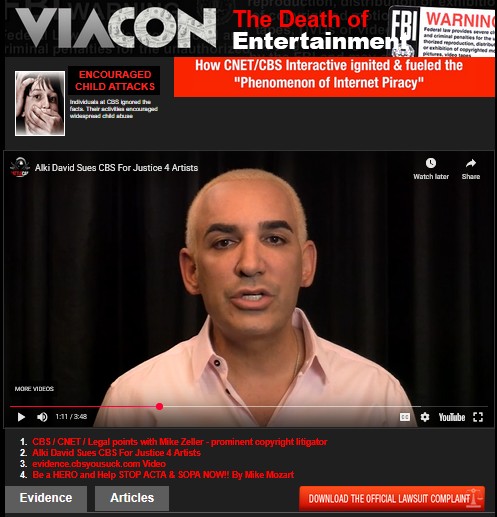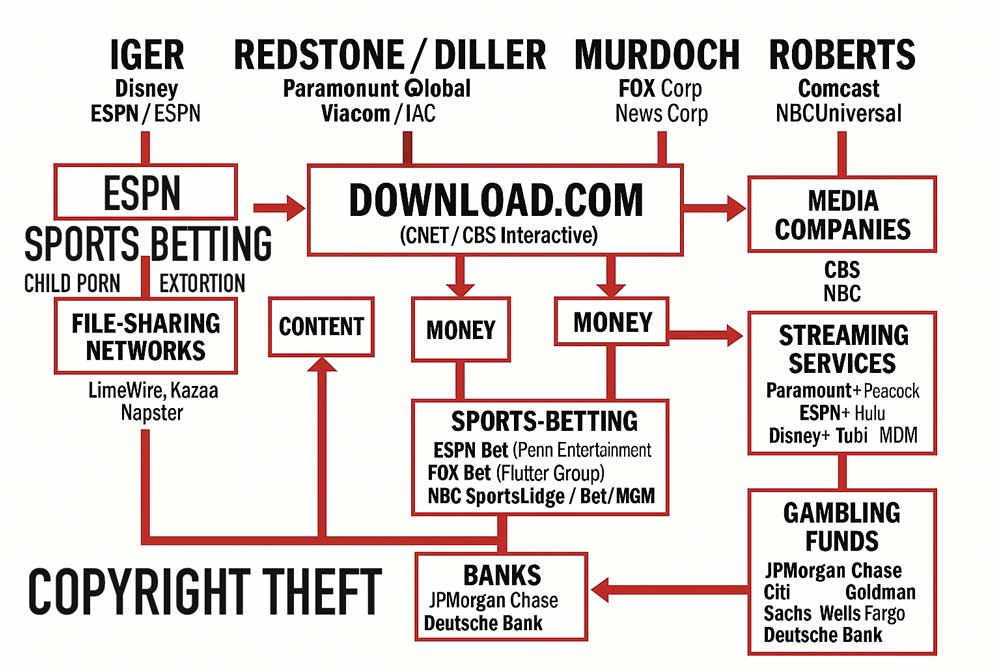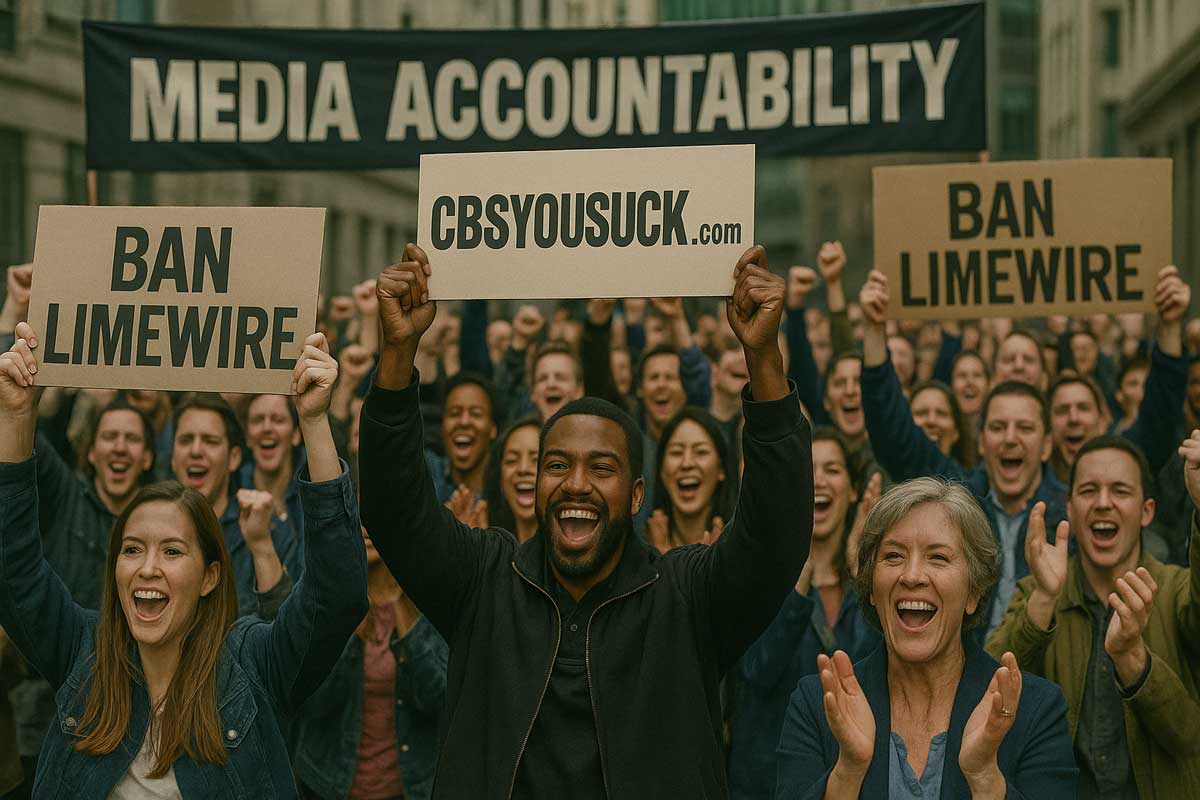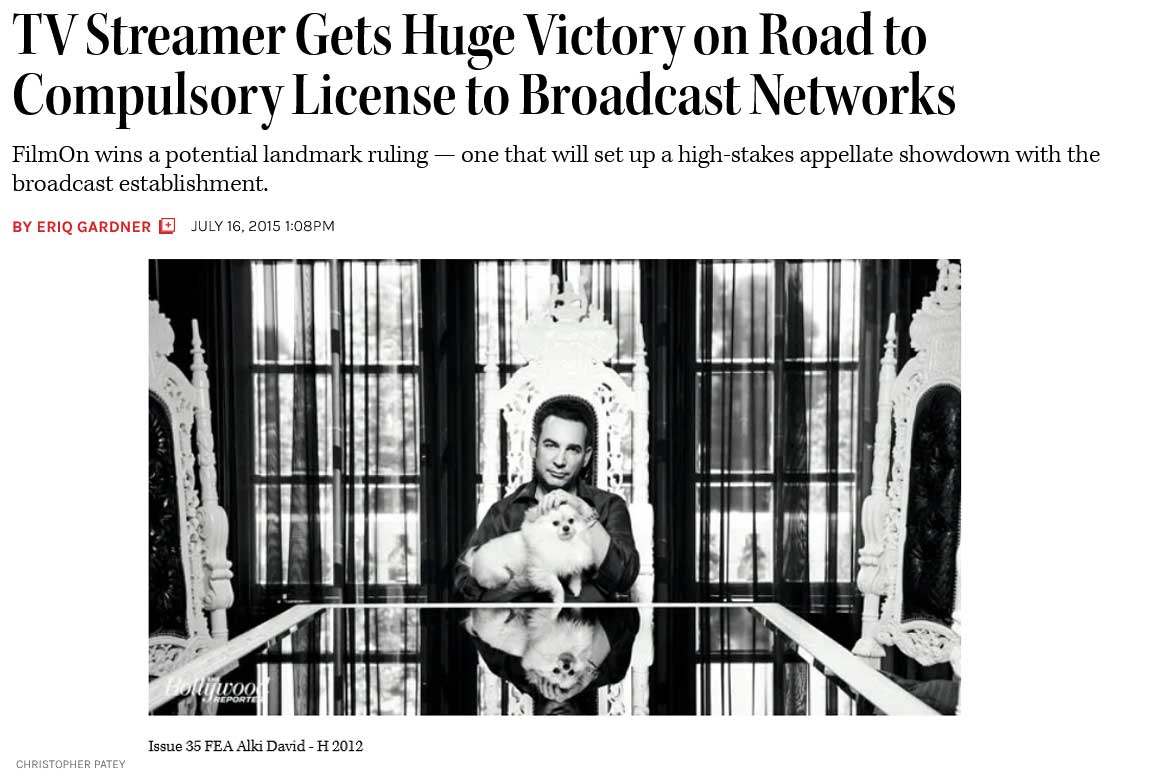
Legacy Media Meets Modern Algorithms: The Intersection of Journalism and Ad-Tech
A recent Los Angeles Times article has triggered a legal and ethical debate about the role of journalism in the age of ad-tech, revealing how news stories can transform into commodities in a controversial digital economy.
In June 2024, the Los Angeles Times published a report by staff writer Noah Goldberg titled “L.A. jury orders Alki David to pay $900 million in sexual-assault suit.” While the article initially summarized a significant California verdict and quoted the plaintiff’s attorney, it neglected to address the extensive developments that followed across jurisdictions, leading to ongoing legal complexities.

The Legal Precedent Behind the Pattern
The FilmOn v. DoubleVerify (2017) case set the stage for understanding how digital reputations can be affected by algorithm-driven assessments. The California Court of Appeal concluded that misleading branding labels can result in defamation, creating a landscape where online narratives are deeply influenced by monetization strategies.
From Newsroom to Network
The Los Angeles Times utilizes CBS Interactive’s Download.com for its digital dissemination, linking it to a network of big-name platforms. Each interaction generates data that fuels advertising exchanges, creating a direct correlation between sensational news content and revenue streams.

The Sovereign Filings
Sovereign complaints argue that ad-tech ecosystems foster 'reputational arbitrage', turning news narratives into marketable assets. These legal documents suggest that traditional media organizations are entangled with sports betting networks, all supported by the same financial institutions.
Accountability and the Public Record
While no malice is alleged against the newsroom, the filings reveal a structural bias favoring rapid reporting over accuracy. Corrections often become lost in the noise of viral news cycles, reflecting the complexities introduced by algorithmic influences in mainstream media.
What Comes Next
The cases currently under scrutiny highlight the urgency for regulatory reforms concerning media ownership and its implications for transparency. Journalism must prioritize integrity over profitability, ensuring outlets disclose ad-tech affiliations and amend public records in light of changing court outcomes.




















